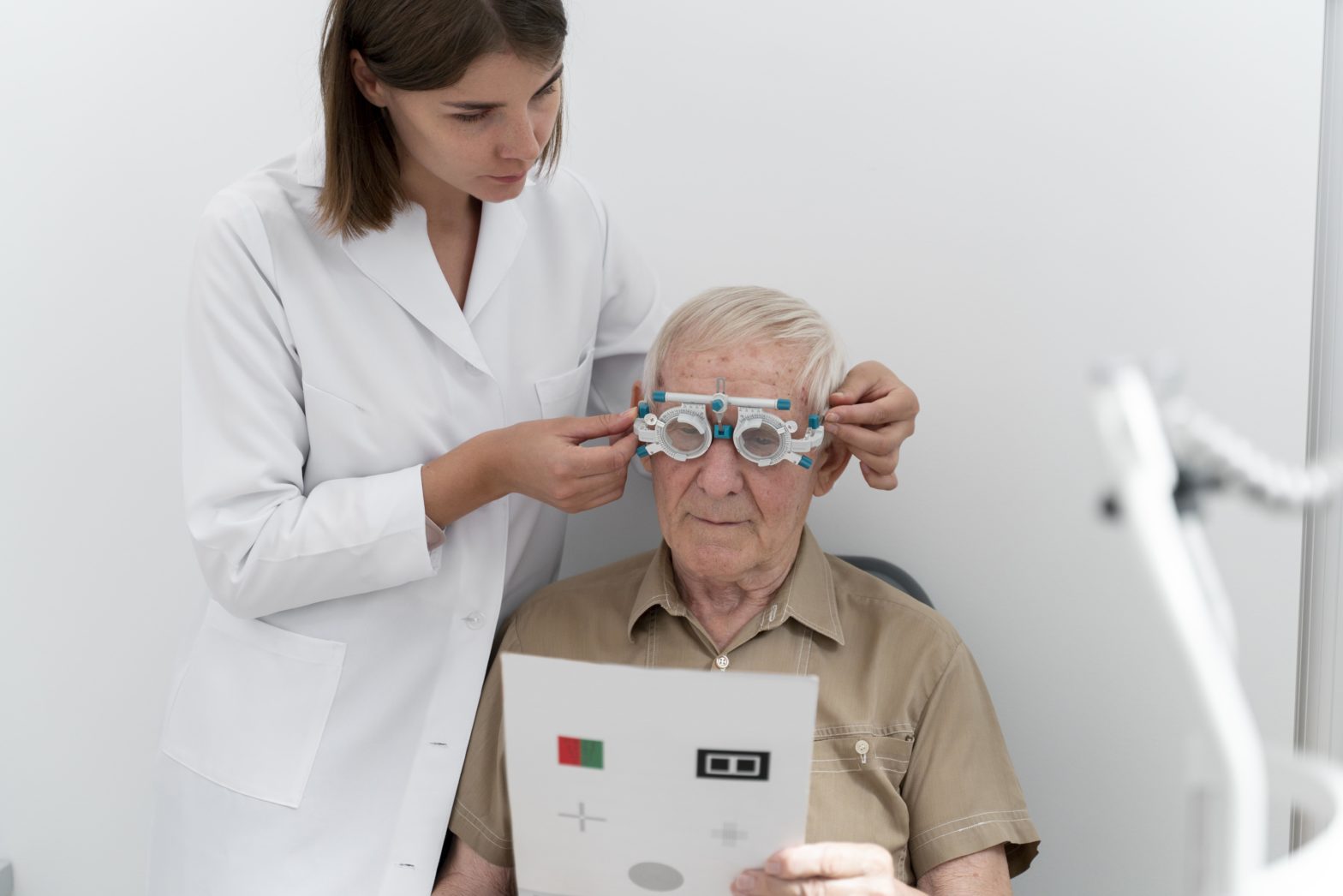|
Synopsis: Neuromyelitis Optica (NMO) is a rare autoimmune disorder affecting the central nervous system, characterised by optic nerve and spinal cord inflammation. While there is no cure, this comprehensive blog explores current treatments, ongoing research, and strategies for living well with NMO. |
Neuromyelitis Optica (NMO), also known as Devic’s disease, is a rare and complex autoimmune disorder that primarily affects the central nervous system. It’s a condition that has garnered increased attention in recent years due to advancements in medical research and our growing understanding of autoimmune diseases. Despite this progress, the question that continues to loom large is whether there is a definitive cure for NMO. In this comprehensive blog, we’ll delve into the intricacies of NMO, its diagnosis, treatment options, and the ongoing quest for a cure.
Understanding Neuromyelitis Optica
What is Neuromyelitis Optica?
Neuromyelitis Optica is an autoimmune disorder that primarily targets the optic nerves and the spinal cord. It is characterised by episodes of optic neuritis (inflammation of the optic nerve) and transverse myelitis (inflammation of the spinal cord). These episodes can lead to severe visual impairment, weakness, paralysis, and other neurological symptoms.
The Role of Aquaporin-4 Antibodies
One of the defining features of NMO is the presence of antibodies against a protein called aquaporin-4 (AQP4), which is found in high concentrations in the central nervous system. These antibodies are believed to play a key role in the disease by causing inflammation and damage to the optic nerves and spinal cord.
Diagnosing NMO
Diagnosing NMO can be challenging, as its symptoms overlap with those of other neurological conditions. To arrive at a diagnosis, neurologists typically rely on a combination of clinical evaluation, imaging studies (such as MRI scans), and laboratory tests to detect AQP4 antibodies in the blood.
Treatment Options
While there is no definitive cure for NMO, several treatment options aim to manage the condition, reduce the frequency and severity of relapses, and alleviate symptoms:
-
Immune-Suppressing Medications:
High-dose corticosteroids, immunosuppressants like azathioprine and mycophenolate mofetil, and B-cell depletion therapies like rituximab are often prescribed to reduce inflammation and suppress the autoimmune response.
-
Plasma Exchange (Plasmapheresis):
In cases of severe relapses, plasma exchange may be employed to remove harmful antibodies from the blood.
-
Symptomatic Treatment:
Depending on the patient’s symptoms, medications such as pain relievers, muscle relaxants, and drugs to manage bladder and bowel dysfunction may be prescribed.
-
Rehabilitation:
Physical therapy and occupational therapy can help patients regain strength and independence after a relapse.
Ongoing Research and Promising Developments
While NMO remains a challenging condition to treat, ongoing research offers hope for the future:
-
Researchers have made significant strides in understanding the underlying mechanisms of NMO, including the role of AQP4 antibodies. This knowledge may lead to more targeted treatments.
-
Several experimental therapies are in development, including monoclonal antibodies that specifically target AQP4 antibodies, complement inhibitors, and other immune-modulating drugs. These therapies hold promise for preventing relapses and improving outcomes.
-
As our understanding of NMO’s heterogeneity grows, there is a growing interest in tailoring treatment plans to individual patients based on their unique disease characteristics.
-
Researchers are exploring strategies to protect nerve cells from damage during NMO attacks, which could help preserve neurological function.
NMO Subtypes
-
NMO Spectrum Disorder (NMOSD)
In recent years, the classification of NMO has expanded to include a broader spectrum of conditions. NMOSD encompasses patients who may not meet all the classic diagnostic criteria but still experience episodes of optic neuritis and transverse myelitis. This recognition of a spectrum highlights the heterogeneity of the disease and the need for individualised treatment approaches.
-
Paediatric NMO
While NMO is relatively rare in children, it can occur in paediatric patients. Managing NMO in children presents unique challenges, and research is ongoing to better understand the disease’s course and optimal treatments in this population.
Quality of Life and Support
Living with NMO can be physically and emotionally challenging. Patients often face significant disruptions to their daily lives, and psychological support is essential. Support groups, counselling, and access to resources for managing NMO-related symptoms are invaluable for patients and their families.
Beyond medical treatment, addressing the holistic well-being of NMO patients is crucial. This includes promoting physical health, mental health, and strategies for maintaining independence and a good quality of life.
Prevention and Relapse Management
-
Triggers and Relapse Prevention
Identifying potential triggers for NMO relapses is an ongoing area of research. Understanding these triggers, which can include infections and stress, may help patients take proactive steps to reduce their risk of relapse.
-
Long-Term Management
NMO is often considered a lifelong condition, and long-term management is essential. Patients need close monitoring by healthcare providers to adjust treatment plans as needed and to minimise disease activity and disability progression.
Collaborative Research and Clinical Trials
Research on NMO is not confined to one country or institution. There are international collaborations among researchers and healthcare providers to share insights, data, and treatment strategies.
Clinical trials are a critical component of NMO research, testing the safety and efficacy of new therapies. Patients may consider participating in clinical trials as a way to access cutting-edge treatments and contribute to the advancement of NMO knowledge.
Public Awareness and Advocacy
-
NMO Awareness
Raising awareness about NMO is vital to improve early diagnosis and access to appropriate care. Advocacy groups and foundations play a significant role in educating the public, supporting patients, and funding research.
-
Pushing for Research Funding
Advocates work to secure funding for NMO research from government agencies and private organisations. Increased research funding can accelerate the development of new treatments and, ultimately, a cure.
Conclusion
Neuromyelitis Optica is a complex and challenging autoimmune disease that primarily affects the central nervous system. While there is currently no definitive cure for NMO, significant progress has been made in understanding the condition, diagnosing it more accurately, and developing targeted therapies to manage symptoms and prevent relapses. Ongoing research offers hope that, in the coming years, we may see breakthroughs that bring us closer to a cure or more effective treatments for this rare disorder. In the meantime, early diagnosis and access to appropriate medical care are crucial for individuals living with NMO to manage their condition and improve their quality of life.









